Dealing with the shedding of a German Rex cat requires a blend of understanding their unique coat structure and implementing consistent grooming practices. Unlike many other breeds, the German Rex has a soft, curly coat that sheds less noticeably but still demands attention. Their fur lacks the typical guard hairs, which means their shedding is often finer and less visible, yet it can still accumulate around the home. Regular grooming sessions are essential to manage loose hairs and prevent matting, especially since their delicate curls can tangle if neglected.
The importance of a balanced diet cannot be overstated when addressing shedding in German Rex cats. High-quality food rich in omega-3 and omega-6 fatty acids supports skin health and reduces excessive hair loss. Many owners overlook the connection between nutrition and shedding, but a diet lacking essential nutrients can lead to dry skin and brittle fur, exacerbating the problem. Consulting a veterinarian to tailor a diet plan specific to your cat’s needs is a proactive step toward minimizing unwanted hair around your home.
Environmental factors also play a significant role in how much a German Rex sheds. Seasonal changes, indoor heating, and even stress levels can influence their shedding patterns. During colder months, when indoor air tends to be drier, using a humidifier can help maintain skin moisture and reduce static, which often causes loose hairs to cling to surfaces. Additionally, creating a calm and stable environment for your cat can prevent stress-induced shedding, as anxiety or sudden changes in routine may trigger excessive hair loss.
Grooming tools designed for curly or short-haired cats are particularly effective for German Rex breeds. A soft-bristle brush or a grooming glove can gently remove loose hairs without irritating their sensitive skin. Unlike long-haired breeds that may require daily brushing, German Rex cats typically benefit from weekly grooming sessions. Over-brushing can strip their coat of natural oils, so finding the right balance is key. For owners who prefer low-maintenance options, occasional professional grooming can also help keep shedding under control.
Another often overlooked aspect is the role of hydration in managing shedding. Ensuring your German Rex has access to fresh water at all times promotes healthy skin and coat. Some cats are reluctant drinkers, so incorporating wet food into their diet or using a cat water fountain can encourage better hydration. Well-hydrated skin is less prone to flakiness and irritation, which in turn reduces excessive shedding. Small adjustments like these can make a noticeable difference in the amount of hair your cat leaves behind.
Regular vet check-ups are crucial for identifying underlying health issues that may contribute to abnormal shedding. Conditions such as allergies, hormonal imbalances, or skin infections can cause excessive hair loss, and these problems often go unnoticed until they become severe. A veterinarian can perform tests to rule out medical causes and recommend treatments if necessary. Proactive health monitoring ensures that your German Rex’s shedding remains within normal limits and that any potential issues are addressed early.
Finally, maintaining a clean living environment helps manage the practical side of dealing with shedding. Frequent vacuuming, using lint rollers, and washing pet bedding can reduce the accumulation of loose hairs. While German Rex cats shed less than many other breeds, their fine hairs can still embed themselves in fabrics and upholstery. Investing in furniture covers or choosing materials that repel pet hair can make cleanup easier and keep your home looking tidy despite your cat’s natural shedding habits.
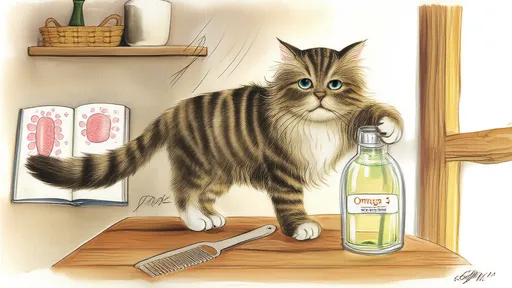
By /Jun 28, 2025
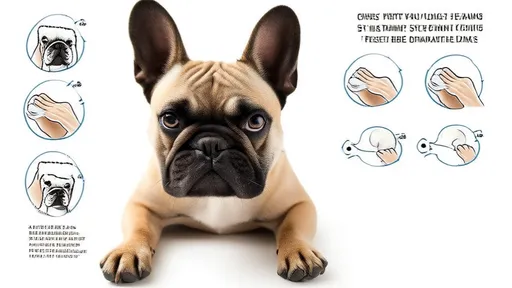
By /Jun 28, 2025
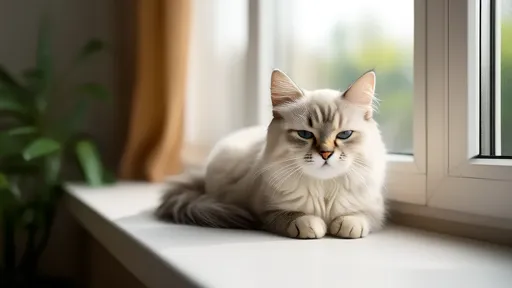
By /Jun 28, 2025

By /Jun 28, 2025

By /Jun 28, 2025

By /Jun 28, 2025

By /Jun 28, 2025

By /Jun 28, 2025

By /Jun 28, 2025

By /Jun 28, 2025

By /Jun 28, 2025
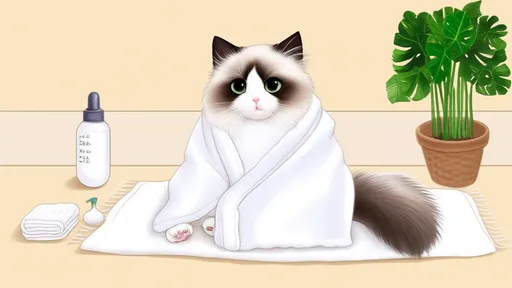
By /Jun 28, 2025

By /Jun 28, 2025
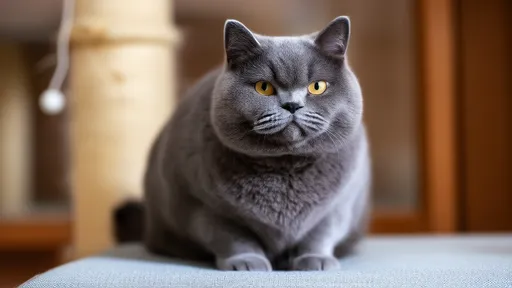
By /Jun 28, 2025

By /Jun 28, 2025

By /Jun 28, 2025
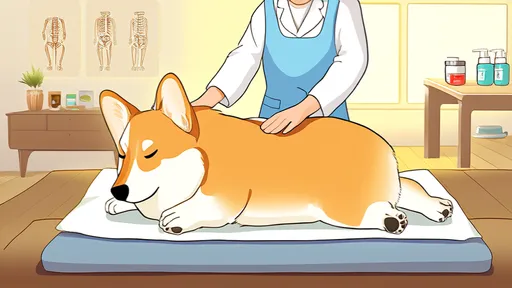
By /Jun 28, 2025
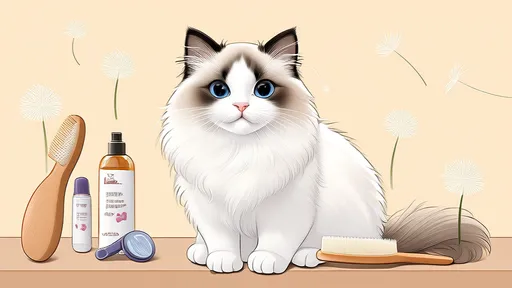
By /Jun 28, 2025